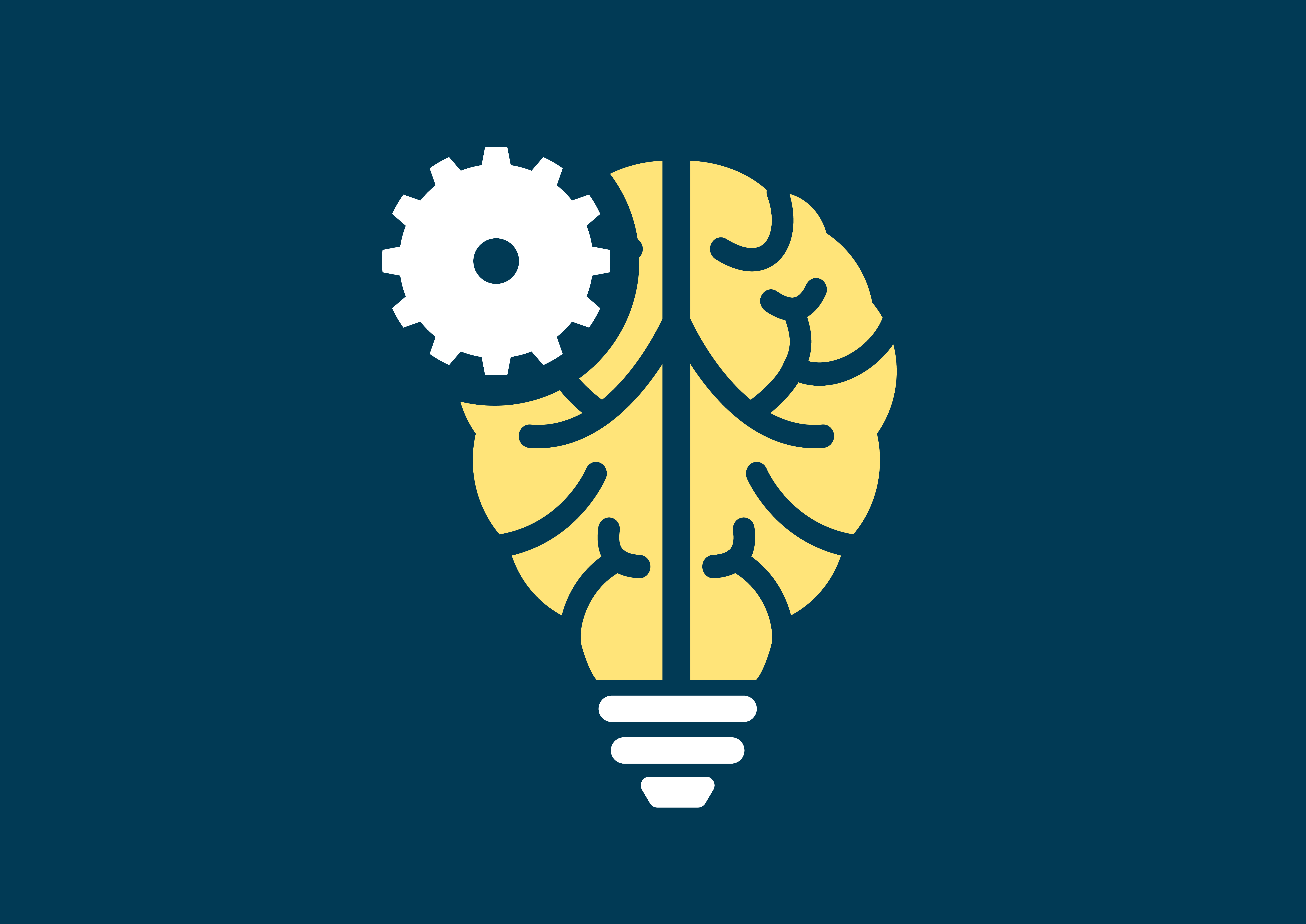AppliMarkets: Your Go-To Resource for App Insights
Explore the latest trends, reviews, and tips in mobile applications.
Machine Learning: The Mind Behind the Machines
Unlock the secrets of AI! Discover how machine learning powers the intelligent machines shaping our future. Dive in now!
Understanding the Core Concepts of Machine Learning
Machine Learning (ML) is a subset of artificial intelligence that empowers systems to learn from data and improve over time without human intervention. At its core, ML relies on algorithms to identify patterns and make decisions based on input data. The foundational concepts of machine learning include supervised learning, unsupervised learning, and reinforcement learning. In supervised learning, models are trained on labeled data, allowing them to predict outcomes for new, unseen data. In contrast, unsupervised learning deals with unlabeled data, focusing on identifying structures or relationships within the data.
Another essential aspect of machine learning is the understanding of features and labels. Features are the input variables used for making predictions, while labels are the output variables that the model aims to predict. The choice of features significantly affects the performance of ML models, so it is crucial to select relevant features that encapsulate the underlying patterns of the data. Additionally, model evaluation is vital, involving techniques like cross-validation to ensure that the model generalizes well to new data, minimizing the risk of overfitting. By grasping these core concepts, one can better appreciate how machine learning operates and its wide-ranging applications in various fields.

How Machine Learning is Transforming Industries Today
Machine learning is revolutionizing various industries by enabling organizations to harness vast amounts of data for improved decision-making and operational efficiency. In sectors like healthcare, machine learning algorithms are used to analyze patient data and predict disease outbreaks, allowing for proactive care management. Meanwhile, in finance, machine learning models are employed for fraud detection, identifying unusual patterns in transactions that could signify fraudulent behavior. This ability to process data quickly and accurately not only enhances productivity but also opens up new avenues for innovation across different fields.
Moreover, industries such as manufacturing are leveraging machine learning for predictive maintenance, minimizing downtime by forecasting equipment failures before they occur. E-commerce platforms utilize machine learning to provide personalized recommendations, improving customer experiences and boosting sales. As machine learning continues to advance, its impact will only deepen, driving further efficiencies and transforming traditional business models. Therefore, staying abreast of these developments is crucial for organizations looking to remain competitive in a rapidly changing landscape.
What Are the Different Types of Machine Learning Algorithms?
Machine learning algorithms can be broadly classified into three categories: supervised learning, unsupervised learning, and reinforcement learning. In supervised learning, the algorithm is trained on labeled data, meaning that the input comes with the correct output. This allows the model to learn the relationship between the input features and the desired output. Common examples include regression models and classification algorithms like decision trees and support vector machines.
On the other hand, unsupervised learning involves training the model on data without labeled responses. The algorithm attempts to find patterns or groupings within the data, making it useful for tasks such as clustering and dimensionality reduction. Techniques like K-means clustering and hierarchical clustering fall into this category. Lastly, reinforcement learning trains algorithms to make sequences of decisions by rewarding them for good actions and penalizing them for bad ones. This type of learning is often used in fields like robotics and game playing, where an agent learns to navigate an environment effectively.